1 May, 2018
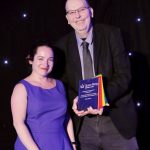
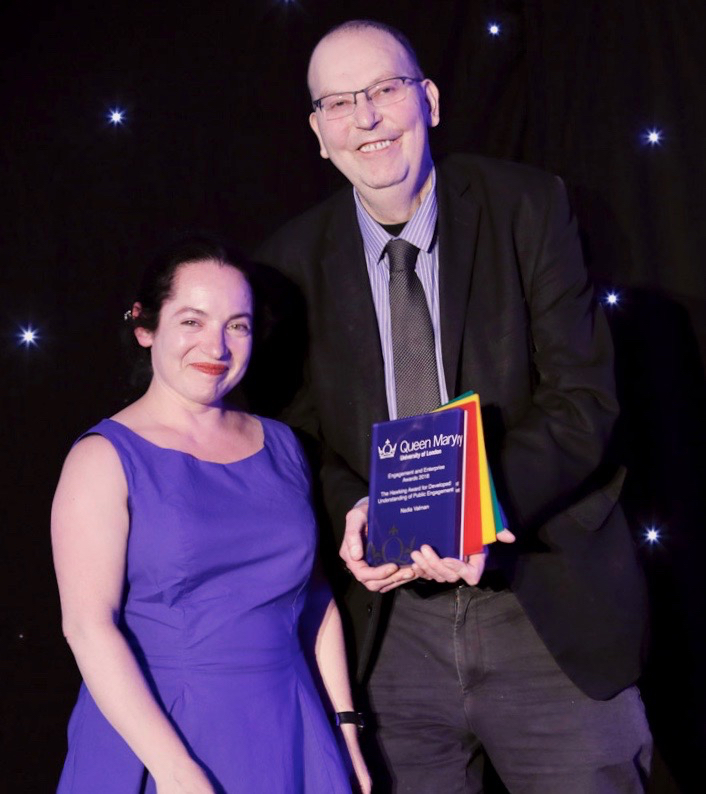
Dr Nadia Valman has been awarded the Hawking Award for Developed Understanding of Public Engagement for her collaboration with the Migration Museum Project on ‘Migrant Literature Walks’ in 2017 and 2018.
Dr Valman, a literary historian at Queen Mary University of London, has developed and led the series of four guided walks exploring London through the eyes of migrant writers from the mid-nineteenth century to the 1960s. The walks drew on Dr Valman’s research on London’s rich history of migrant writers to explore the complex feelings experienced by writers new to the metropolis, and to give participants new perspectives on familiar streets and landmarks. She has run the series twice and all walks have proved extremely popular – all have been fully subscribed within days.
Named after Lucy Hawking, novelist and daughter of Stephen Hawking, the award reflects Lucy’s qualities of reflexive, cooperative working, and her understanding of how to bring together research and engagement; this award is given to an individual to acknowledge their own critical thinking in the field of public engagement.
We are delighted that Dr Valman has been recognised for developing and leading these walks. We have collaborated with Nadia for several years – she has also advised and been a guide on both of our annual Imprints fundraising walks across London to date – and very much hope to continue collaborating with her on walks and activities aimed at fostering greater public engagement in the future.
Congratulations Nadia!
Read more about Dr Valman’s Migrant Literature Walks here:
Rediscovering Rosemary Lane: Irish Migrants in Victorian London
Fragments of Jewish Whitechapel
Colonials in the Metropole: Migrant Bloomsbury
Left Luggage: Reading Sam Selvon in Waterloo Station
Image: Dr Nadia Valman receives the Hawking award from Queen Mary University of London’s Vice Principal for Public Engagement, Professor Peter McOwan
16 April, 2018
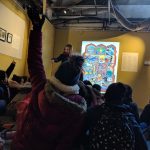
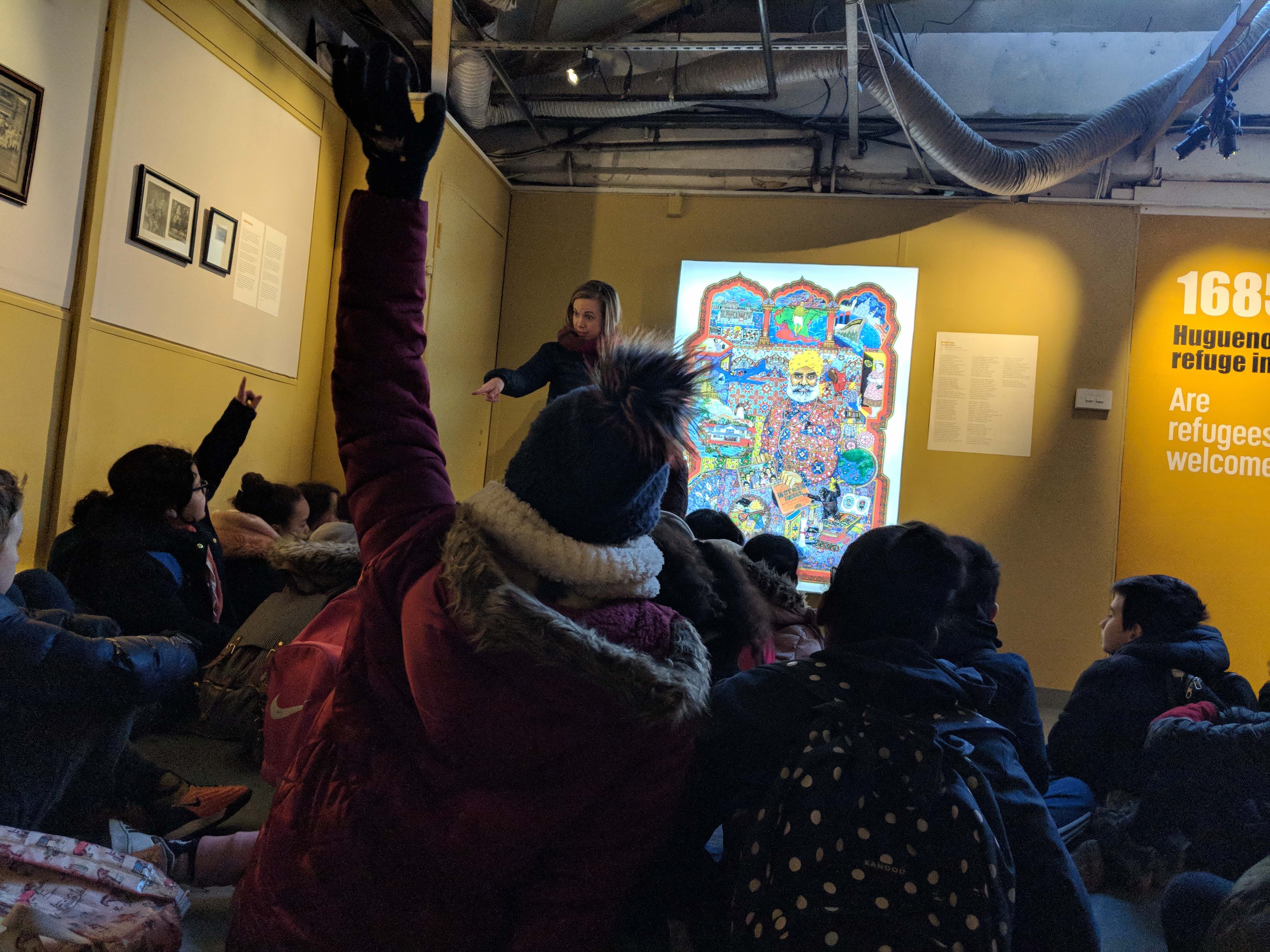
PLEASE NOTE THAT THIS EVENT HAS ALREADY TAKEN PLACE. FOR EDUCATION ENQUIRIES, PLEASE CONTACT OUR EDUCATION OFFICER
2 May 2018 | 4pm–7pm (Wed-Sun, late opening last Thurs of each month)
Migration Museum at The Workshop
26 Lambeth High Street, London, SE1 7AG
To attend, please email: liberty@migrationmuseum.org
We are hosting a teachers’ evening on Wednesday 2 May 2018.
Teachers from across London and the UK are invited to the Migration Museum at The Workshop to find out all about our education programme related to our current exhibition No Turning Back: Seven Migration Moments that Changed Britain.
This event is primarily aimed at primary and secondary school teachers, but university and college lecturers are also very welcome to attend. If you or a teacher you know would like to come along or have any questions relating to this event or our education programme, please email our education officer, Liberty Melly, at: liberty@migrationmuseum.org
To view and download our teaching resources relating to No Turning Back, please visit our resource bank.
Image © Migration Museum Project
22 June, 2018
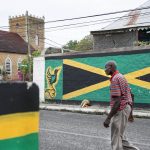
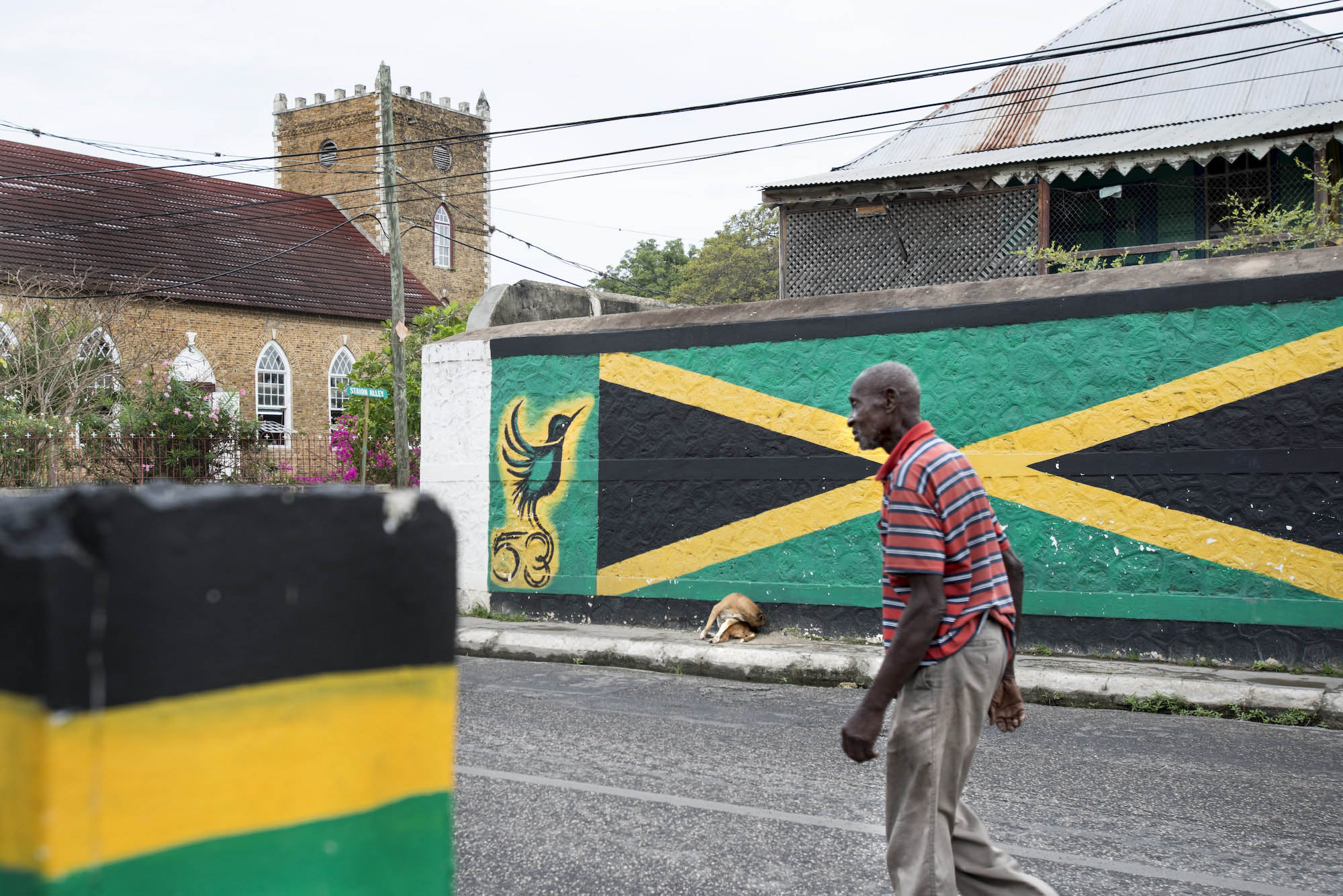
A view of the Anglican Church in Black River, St Elizabeth, Jamaica © Tim Smith
This is a guest blog by photographer Tim Smith, a long-standing friend of the Migration Museum Project and contributor to our 100 Images of Migration exhibition. He describes the background to Island to Island – Journeys Through the Caribbean, a new exhibition at Leeds Central Library which runs from 27 June until 27 July 2018.
A new exhibition, Island to Island – Journeys Through the Caribbean, runs at the Central Library in Leeds throughout July 2018, but visitors will find it hard to spot many photos of turquoise seas and white sandy beaches lined with palm trees. For that just sit tight, Google “Caribbean Images” and view thousands of photos designed to encourage tourists to visit what is undoubtedly a beautiful part of the world, but which totally ignore the lives of people who live and work there.
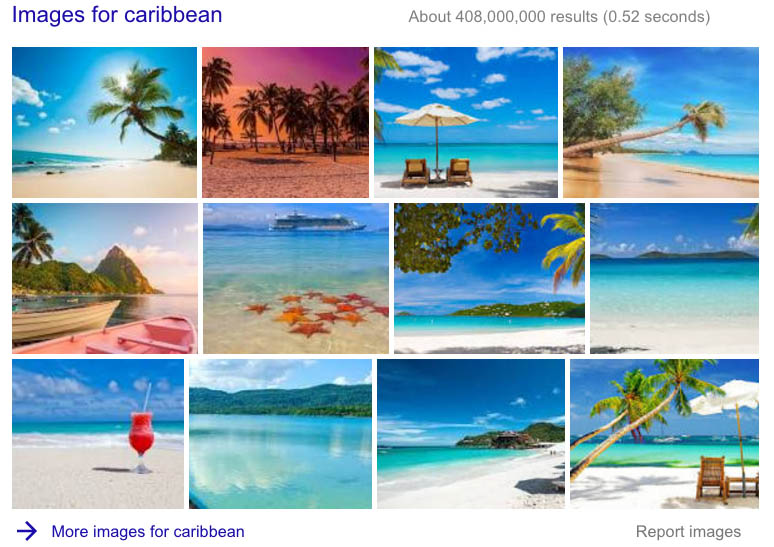
First page of search result for Caribbean images © Google
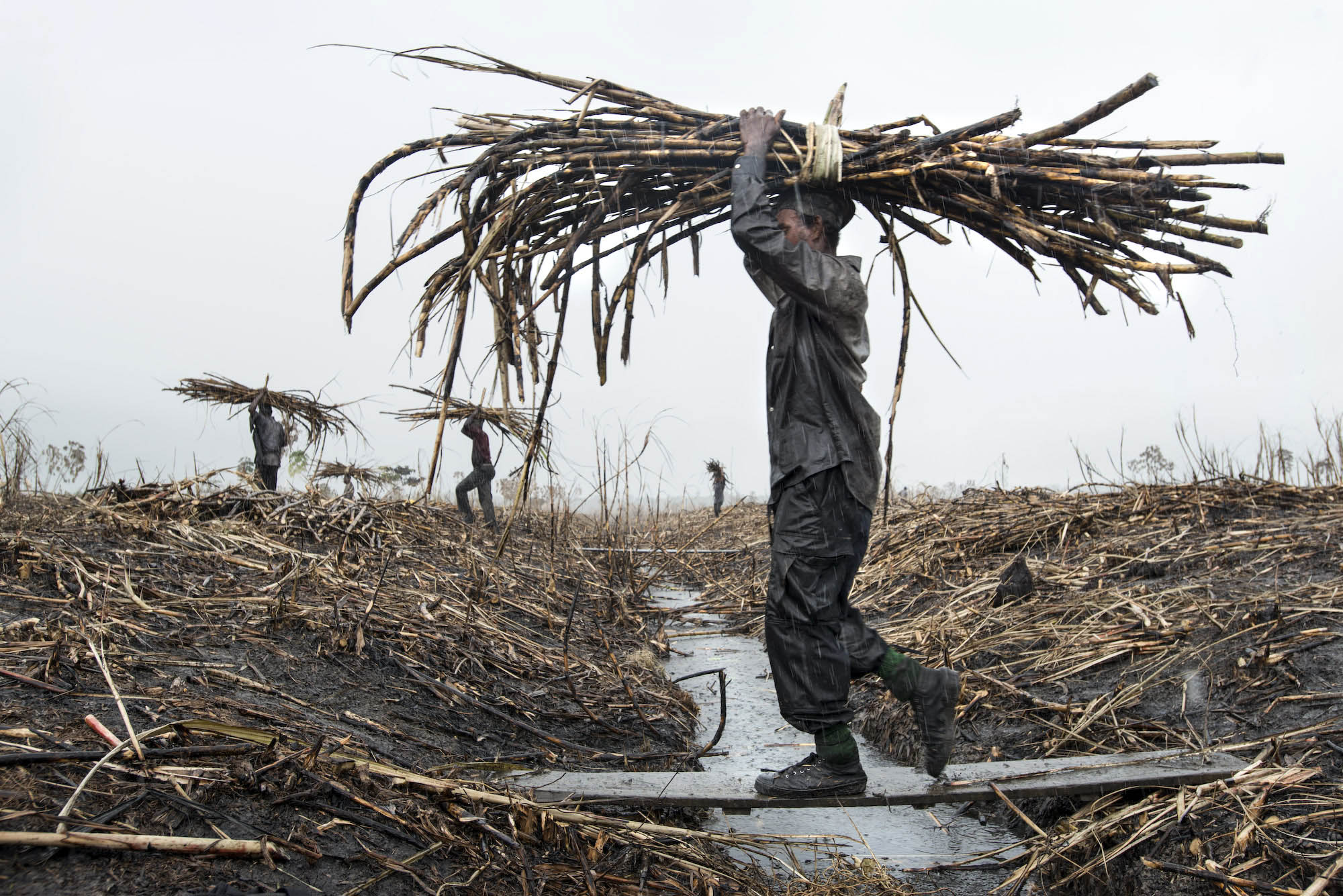
Cutting sugar cane on the Blairmont Estate in the Berbice area of Guyana © Tim Smith
I live in Bradford, work as a professional photographer and have contributed my photographs to several different Migration Museum projects, including their first exhibition 100 Images of Migration. Having grown up in different parts of the world, including the Caribbean, I suspect a nomadic upbringing is one reason why I’m so interested in using photography, film and audio to explore the lives of Britain’s cosmopolitan communities and their links with people and places overseas.
This particular project began in 2010 when I travelled back, for the first time in 40 years, to my childhood home of Barbados. I also visited Dominica, the island from which many of my neighbours in Bradford originate. Returning made me realise that although I can never claim the Caribbean as home, while I was there I did feel at home. This made me determined to investigate other people’s ideas of ‘home’ by visiting other places in the region closely linked to communities in Britain, with the long-term ambition of producing an exhibition that moved beyond the popular stereotypes of ‘The Paradise Islands’.
Since 2010 I’ve been back to Barbados and Dominica, and also visited Antigua, Carriacou, Grenada, Guyana, Jamaica, St Kitts & Nevis, St Lucia, St Vincent, and Trinidad & Tobago. Photos of all feature in Island to Island, together with a fascinating series of pictures taken by my father Derek during the 1950s and ‘60s. Shot on slide film they show everyday life in Barbados and other islands that my father visited whilst working for the British Government’s Overseas Development Administration.

A view of Bathsheba, a village on the Atlantic coast of Barbados, during the 1960s © Tim Smith
These slides lay unseen in a wardrobe for decades, but I dug them out and recently scanned a selection for display. Alongside my pictures they show how life has changed over the past sixty years. I’ve been sharing both sets of images with groups of people across Leeds, using them as a spark for exploring their experiences of life both ‘over here’ and ‘over there’. Recording their memories and reflections often brings new life and meanings to the pictures. Some of their words will be used as part of the exhibition along with other people’s stories gathered by Leeds writer Khadijah Ibrahiim, whose poetry also features in the show.

A mural outside Charlestown, the capital of Nevis. The twin island nation of St Kitts & Nevis is the original home of most of the people who migrated from the Caribbean to Leeds during the 1950s and ’60s © Tim Smith
As well as celebrating the light, life and landscapes of the Caribbean, the exhibition is also inspired by a quote from the Jamaican author, Rex Nettleford, who wrote: ‘The apt description of the typical Caribbean person is that he/she is part-African, part-European, part-Asian, part-Native American but totally Caribbean. To perceive this is to understand the creative diversity which is at once cause and occasion, result and defining point of Caribbean cultural life.’ I set out to create photographs which explore the region’s past and present, a story that embraces a fusion of cultures and has shaped a set of regional identities which vary from island to island, giving each nation its own distinctive character.
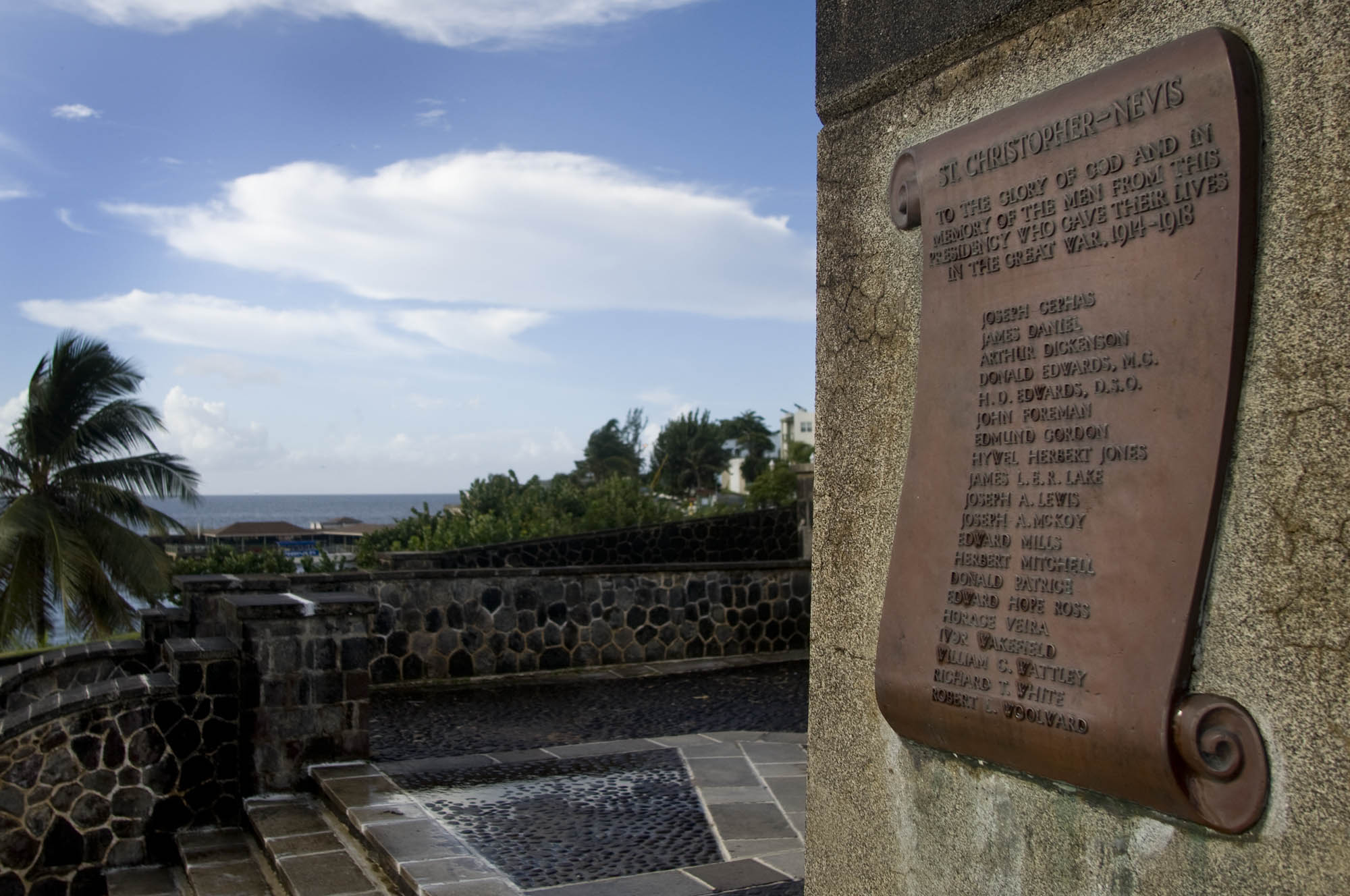
The War Memorial in Basseterre remembering those men of St Kitts & Nevis who lost their lives in the First World War, 1914-1918 © Tim Smith
I’ve also asked people in Leeds how this multicultural heritage – African, European, Asian and Amerindian – is reflected by Caribbean festivals, music and masquerade, and how Caribbean carnival has become an important part of the cultural calendar across Britain. These interviews are featured in a film illustrated with my father’s photos of the Trinidad Carnival in 1967 (the same year that Leeds West Indian Carnival began) and my own pictures of carnivals across the Caribbean and Yorkshire.
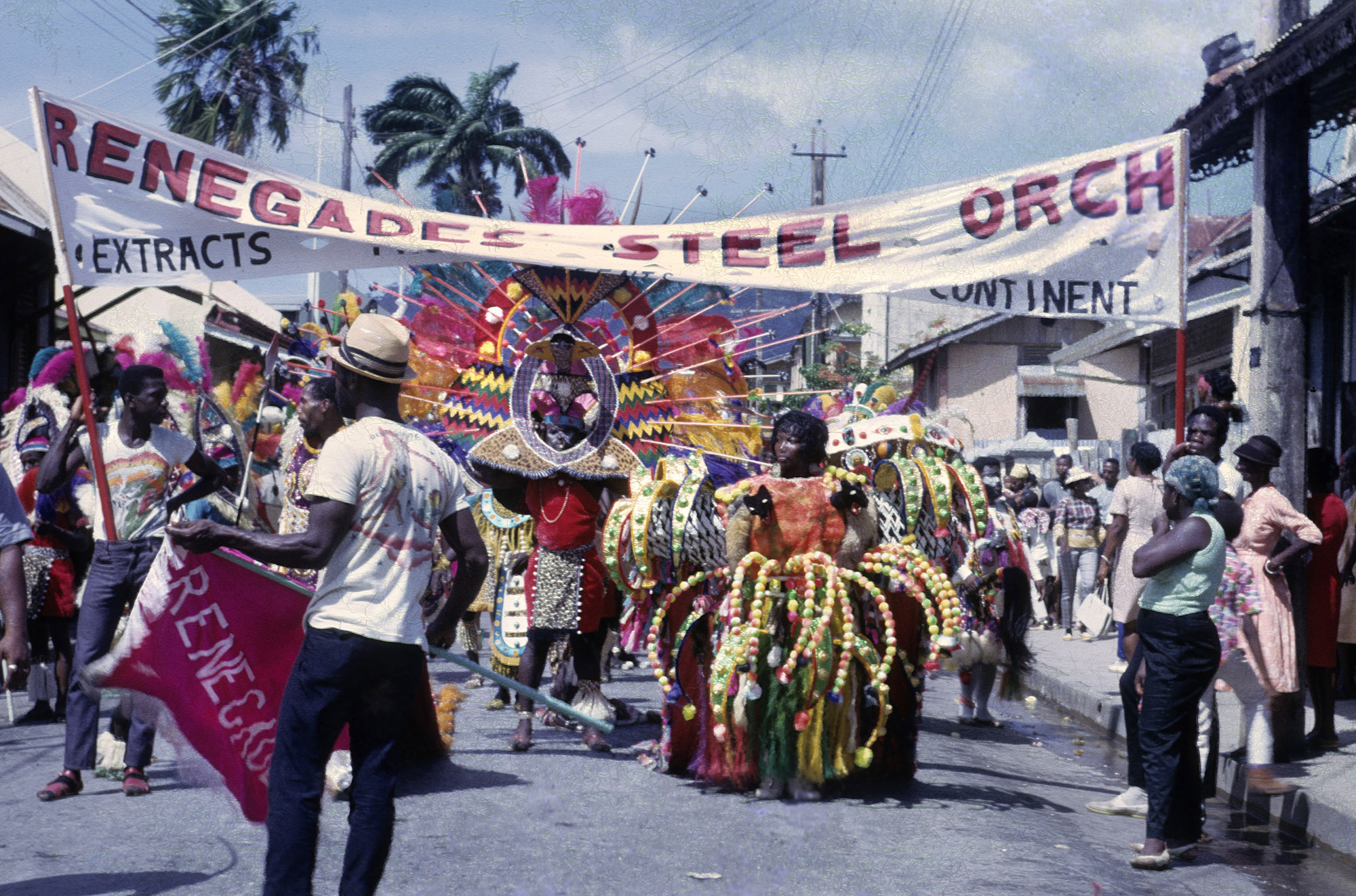
The Renegades Steel Orchestra, a steel pan band, on the road in Port of Spain at the 1967 Trinidad Carnival © Tim Smith
It should also be remembered that the presence of black people in Britain stretches back many centuries. This history, and Leeds’ historical connections with the Caribbean, will be explored using material drawn from the collections of Leeds Central Library, curated by the Chapeltown-based arts project Heritage Corner.
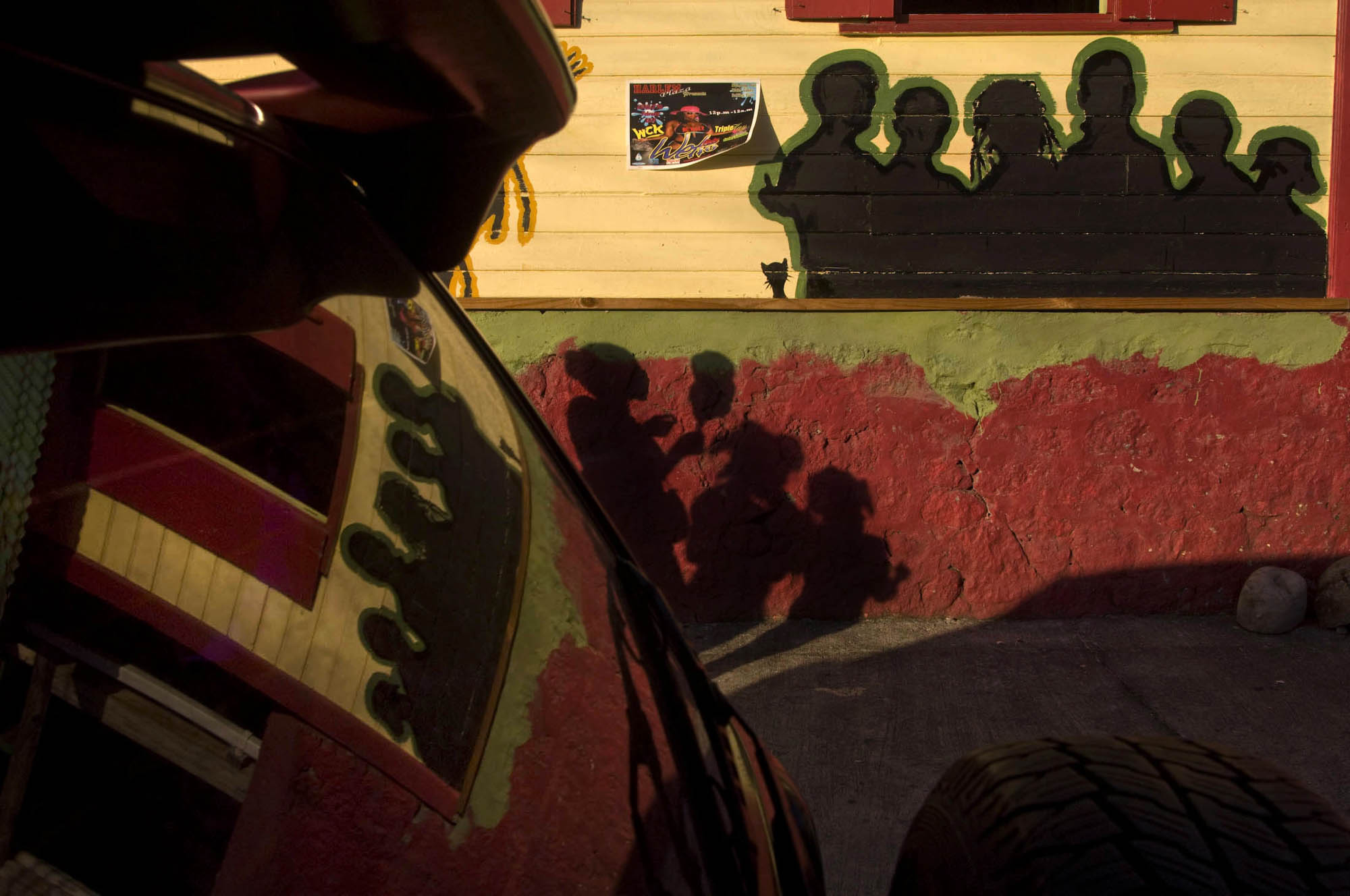
A group of girls eating candyfloss making their way to the Junior Calypso Competition in Newtown, Dominica © Tim Smith
In many ways it’s a nonsense to attempt to cover such a large and varied area in a single exhibition, but whilst providing glimpses of different stories it also aims to be the catalyst for much more. Producing it has brought back many memories for me. I hope it does the same for others who once lived in the Caribbean, and inspires people to further explore the region’s history and its links with Britain, perhaps by investigating their own family stories. I also hope that many visitors to Island to Island will discover something new about the Caribbean, and some may be tempted to (re)visit an endlessly fascinating and diverse part of the world which offers so much more than the images and ideas offered up by the tourist industry.
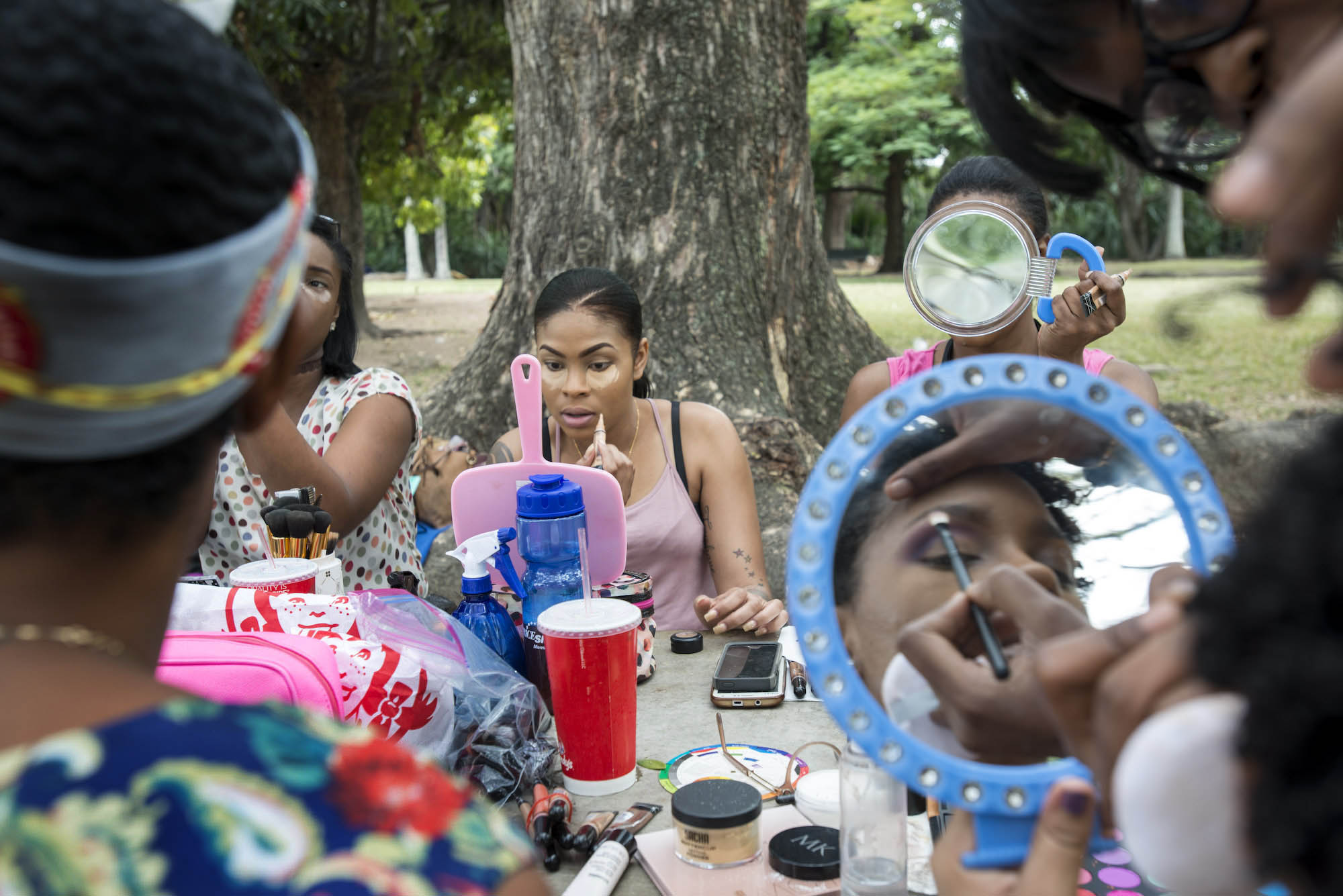
A make-up workshop in the Hope Botanic Gardens, Kingston, Jamaica © Tim Smith
Island to Island
27 June 2018–27 July 2018
Room 700
Leeds Central Library
Municipal Buildings, Calverly St
Leeds, West Yorkshire LS1 3AB
Click here for more information
The exhibition is available for tour to other venues. Please contact: timsmithphotos@btinternet.com
Text and images © Tim Smith
13 April, 2018
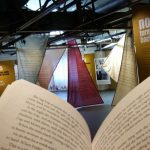

The Migration Museum Book Club aims to bring together those who have stories to tell and those who have read good stories.
Devised and run by our volunteers and based around a monthly theme, attendees are invited to bring a book, poem, article or a piece of their own writing to share and discuss with the group. Themes will be announced in advance of each meeting and will revolve around the subjects explored by the museum and its exhibitions, primarily focusing on migration, identity, and travel.
As the group develops, we hope to explore past, present, and future ideas through the lens of migration and grow the book club into a regular community, where people can share or just listen.
Our book club is open to all and there’s no need to register in advance – just turn up on the day.
Migration Museum Book Club dates:
Sunday 8 April 2018, 2.30pm
Sunday 20 May 2018, 2.30pm
Sunday 17 June 2018, 2.30pm
Sunday 15 July 2018, 2.30pm
Image © Tabitha Deadman

















